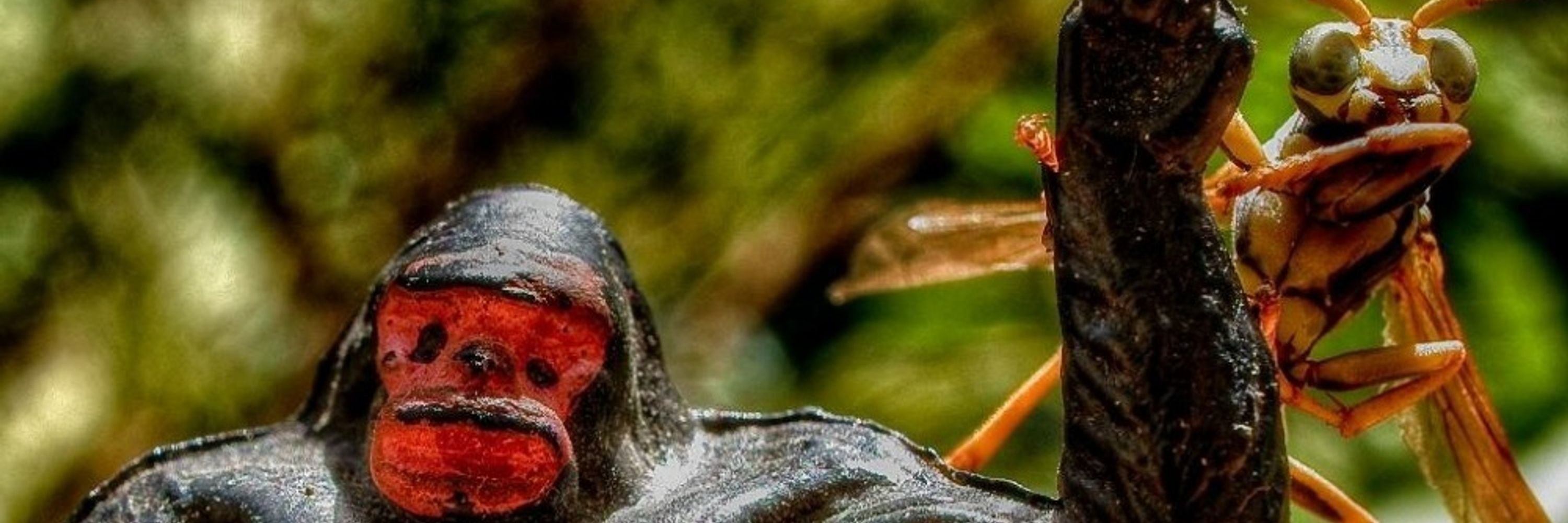
PhD^2 and Ninja Biologist.
Animal Behavior and Comparative Cognition.
Human perch for cockatoos.
Also here: twitter.com/BioTay
More about me here: https://osunamascaro.weebly.com/

I also believe that this paper provides a good starting point for reflecting on the role of consciousness in nature.
I also believe that this paper provides a good starting point for reflecting on the role of consciousness in nature.
In this case, it was demonstrated in flies, and their alternation between attention to one object or another is like ours.
(paper, 2020) onlinelibrary.wiley.com/doi/10.1002/...

In this case, it was demonstrated in flies, and their alternation between attention to one object or another is like ours.
(paper, 2020) onlinelibrary.wiley.com/doi/10.1002/...


They have a mental image of the world accessible to all their senses, just like us. For example, they can recognize objects by sight if they have previously encountered them by touch in the dark, and vice versa.

They have a mental image of the world accessible to all their senses, just like us. For example, they can recognize objects by sight if they have previously encountered them by touch in the dark, and vice versa.
With blindsight, they cannot learn flexibly, they cannot learn concepts or generalize, and they do not integrate their experience with others.
With blindsight, they cannot learn flexibly, they cannot learn concepts or generalize, and they do not integrate their experience with others.
www.youtube.com/watch?v=9QWa...

www.youtube.com/watch?v=9QWa...

Positive and unexpected environmental alterations can promote kindness, from artistic interventions to Batman.

Positive and unexpected environmental alterations can promote kindness, from artistic interventions to Batman.
It is inexpensive thanks to the fact that it functions as a predictive machine and to its very structure.

It is inexpensive thanks to the fact that it functions as a predictive machine and to its very structure.
H. formosus Courtship dance (sound on!)
(paper, 2021) bioone.org/journals/the...
H. formosus Courtship dance (sound on!)
(paper, 2021) bioone.org/journals/the...
(blog) elifesciences.org/digests/9714...

(blog) elifesciences.org/digests/9714...
Furthermore, there appears to be a convergence between the two species.
(blog) phys.org/news/2025-11...

Furthermore, there appears to be a convergence between the two species.
(blog) phys.org/news/2025-11...

